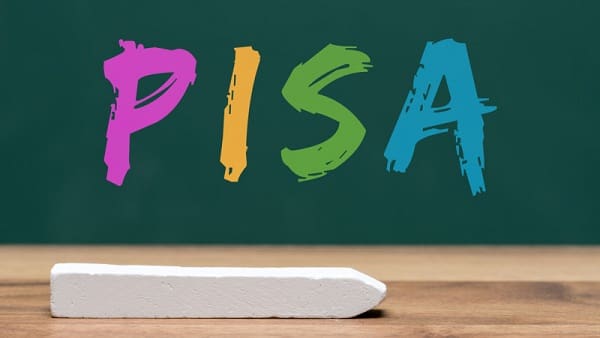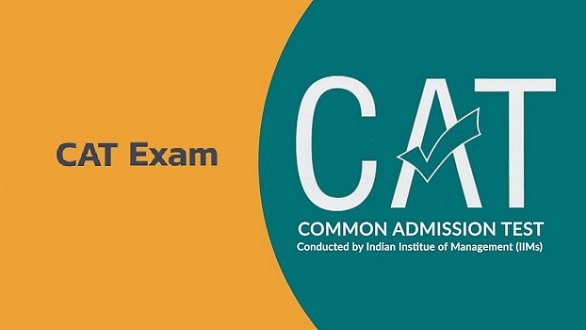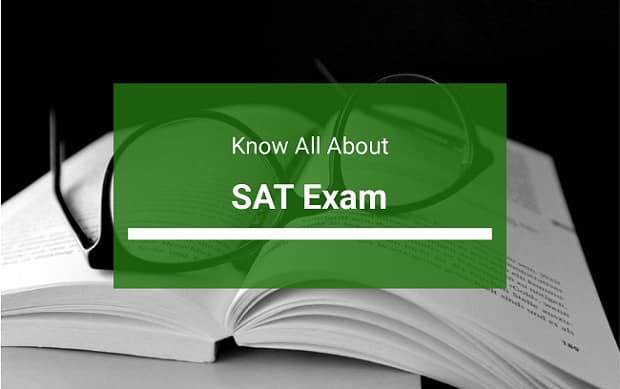India used to participate in the PISA exam until 2009, and now, after almost a decade, India started the preparation of participation in PISA in 2019. This exam is a student assessment program at an international level, and the students from over 72 countries represent their countries for this exam. Usually, the subjects for PISA includes mathematics, science, reading and even financial literacy. The exam is conducted every three years, and the results can have a massive impact on the way education is delivered in several countries. You have might gone through a lot of articles about the PISA exam in Indian and international media. If you are willing to learn more about this exam, you can check out the information in this article.
What is PISA Exam in India?
PISA stands for Programme for International Student Assessment. As mentioned earlier, students from many countries participate in this test, and the total duration of the test is two hours. The test is hosted by Organization for Economic Cooperation Development, and many countries participate in the test. Many countries still do not participate in PISA. As per a general observation, many SAARC nations either don’t participate in PISA or do not participate regularly. India used to participate in PISA until 2009 but later, the government withdrew the participation owing to poor performance. The main aim of the PISA exam to compare the education policy of the various countries by looking at the students’ results. Many times, the PISA exam has lead to a change in the education policy of the countries. The results and findings are published along with the facts that include the factors impacting the score of the students. Some of the governments make changes to improve the learning experience of the students depending on PISA results.

Usually, a minimum of 5000 students is tested by PISA from each country. There are certainly some outliers where more than 5000 and less than 5000 students participate. As per the latest updates, India is planning to participate in PISA in 2021, and the preparation has been done. As per one of the source, the whole process took close to three years. During the 2021 PISA exam, the private schools, government schools, Central Schools and Navodaya Vidyalayas from Chandigarh will be taking part in the test. If you would like to know more about the PISA, then you can scroll through the sections below, as we have covered most of the available information.
Rules & Regulations Associated with PISA Exam
The total duration of PISA is two hours, and it is a computer-based exam. The exam is only meant for students who are 15 years old. The maximum age of the student can be 16 years and two months. Another eligibility criteria for the test is that the students should have completed their mandatory education or near completion. This translates to the notion that the 10th pass students or the students who are about to appear in the 10th boards are eligible for PISA Exam. Under the eligibility criteria, homeschooling is not considered, and the student should have completed formal schooling for a minimum of 6 years. Since homeschooling is not considered, it makes many students ineligible in some of the countries that focus on homeschooling.
PISA Exam Syllabus & Pattern
In this section, we have listed the syllabus and pattern of the PISA Exam. Check out the details below.
- The PISA test has a majority of MCQ questions based on mathematics, reading skills, financial literacy and science. In addition to the MCQs, there are also subjective questions.
- Usually, the total assessment material has a duration of 6.5 hours, but each student is tested on the restrictive part.
- The first part of the exam usually includes a cognitive test. After that, the students have to fill the second part, asking students questions about their background, motivation, habits, family and other such details. These details are required to understand the underlying factors that can impact the student’s score.
- There is also a questionnaire for the school directors where they are asked about the school demographic details, including funding information.
- PISA test may also throw some unique challenges like computer adaptive testing and exploration of a virtual device.
- You should note that there are no such fixed topics of the PISA exam. The questions can be from anywhere. It is one reason why students love the PISA exam as they do not have to memorize the stuff. This is also one reason why some reason perform poorly since they are not prepared for the topics that come in the exam.
Attempt for PISA Exam
PISA is hosted once in three years, and participation in the examination depends on the country’s government. There is no restriction on attempts for the PISA exam, but it is at the government’s discretion on whom do they select while participating in the PISA exam. So We can say that you can’t apply for PISA directly, but you are dependent on the government and the school to select you for the PISA exam attempt.
When is Result Available?
PISA results are shared with the government, and the results are published at a country level. The rankings are prepared after the PISA exam, and the rankings are separate for different subjects. If you would like to check the country’s tanking for PISA, you can check the PISA website and get the details about the same.
Fee for PISA Exam?
Students do not have to bear the cost of the PISA exam. In most cases, the cost is borne by the government of the participating countries. So, if you have been nominated to appear in the PISA exam, you may not worry about the cost of the exam since the government will cover you.
Preparation for PISA Exam
As mentioned earlier, in 2021, the students from Chandigarh will be participating in the PISA exam. The student’s preparations started in 2019 itself, and schools did it with the support of NCERT. Some of the syllabus for the class 6th, 7th and 8th students was changed so that the students can prepare better for the exam. As per the assessment from the previous years, the students didn’t do well in mathematics. Hence the focus was predominantly on mathematics. The tricky part about PISA is that there is no fixed syllabus. In such a case, it becomes difficult for the students to prepare for the exam. The questions can be from any topic, and this increases the difficulty level of the exams. The UT government is also trying to help the students by publishing the sample papers so that the students can prepare themselves and get hands-on to the test. The preparation is ongoing, and the students will keep practising till the PISA scheduled date. We are sure that this year would be different for the PISA exam, and the students of Chandigarh will make India proud.

Rahul Kumar is a passionate educator, writer, and subject matter expert in the field of education and professional development. As an author on CoursesXpert, Rahul Kumar’s articles cover a wide range of topics, from various courses, educational and career guidance.



